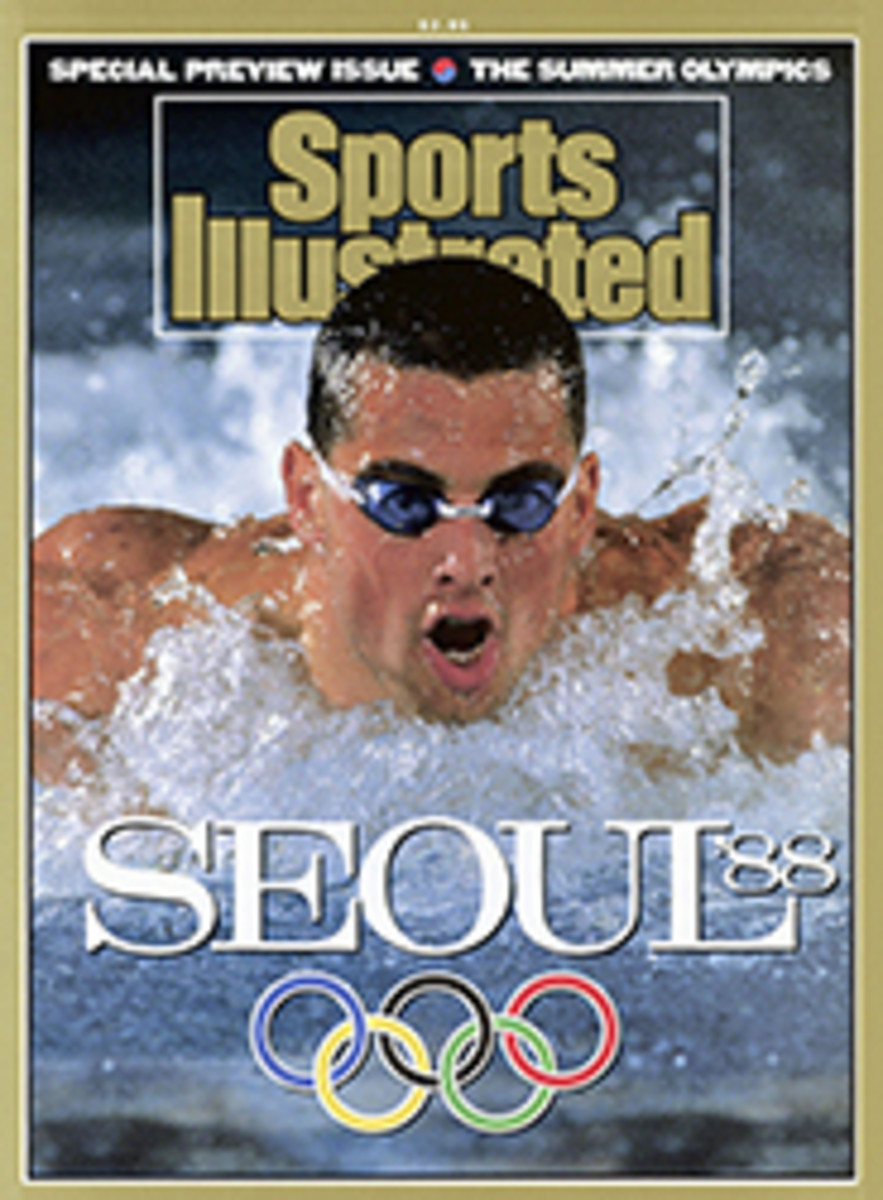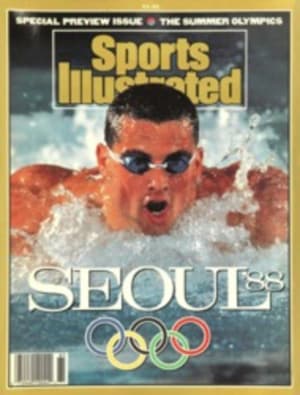
The Seoul Open Professionals will play for medals as tennis returns to the Games
IN MANY WAYS THE FIRST OFFICIAL Olympic tennis tournament in 64
years will look like a Grand Slam event. On the surface the
competition will resemble that of the U.S. Open, because the court
will be hard. And with leading players arriving in Seoul fresh -- if
such a thing is possible -- from Flushing Meadow, they should be
primed for a fast-paced game. As at Wimbledon, final sets will be
played to conclusion without tiebreakers; all men's matches, both in
singles and doubles, will be best-of-five sets; and dress codes --
predominantly white, one manufacturer's logo per garment -- will be
strictly enforced.
However, the Olympics will be quite different from a major
championship in one vital respect: The fields will not be of Grand
Slam caliber. But that's nothing new for Olympic tennis, which is why
it was dropped after the '24 Games. England's Doherty brothers,
winners of nine Wimbledon crowns between them, were scheduled to meet
in the semis of the 1900 Games in Paris, but Reginald defaulted to
Laurie because they refused to face each other in such a ''minor''
event. In 1912 the draws were especially weak because they were
played in Stockholm at the same time as Wimbledon. Bill Tilden, the
greatest male player of the 1920s, never bothered entering the
Olympics, while Suzanne Lenglen, the premier female player of the
era, did so once, in 1920 in Antwerp. She lost only four games in
five matches.
Steffi Graf, who won the women's singles in '84, when tennis was
an exhibition sport, may not lose many more games than that in Seoul,
particularly with Martina Navratilova on the sidelines. Among the
men, Graf's West German compatriot, Boris Becker, will be one of the
favorites, with Sweden's Mats Wilander and Stefan Edberg, the men's
winner in '84 . Two conspicuous no-shows will be Australia's Pat Cash
and Ivan Lendl, the Czechoslovakian expatriate who makes his home in
Greenwich, Conn. Unseemly attempts by lawmakers from Connecticut to
hurry his U.S. citizenship in time for the Games fell short.
The U.S. will have the best men's doubles team, Robert Seguso and
Ken Flach, but otherwise the situation is embarrassing for the
Americans. In December the U.S. Tennis Association selected Tim
Mayotte and Brad Gilbert for the men's singles tournament. Why? The
deadline for submitting final Olympic entries wasn't until July 31.
The selection of Mayotte still looks sound, but at the time the USTA
submitted Gilbert's name, he was recovering from a knee injury that
would hamper him most of this year. The USTA could have -- should
have -- delayed its decision in case someone got hot, which is just
what has happened. All 18-year-old Andre Agassi did before the July
31 deadline was win five Grand Prix tournaments and climb to No. 4 in
the world.
John McEnroe? Initially he was down on the idea of tennis in the
Olympics, but early this summer he had second thoughts. Sorry, John,
too late. But it wasn't too late for Chris Evert, who changed her
mind at the 11th hour about skipping Seoul. The USTA, which had
already named Pam Shriver, Zina Garrison and Elise Burgin to the
women's team, summarily uninvited Burgin, saying she had withdrawn
because she hadn't fully recovered from arthroscopic knee surgery in
March. In truth, Burgin's knee was fine, and she had been playing
full-time since May.
The addition of Evert enhances the U.S.'s prospects, but the way
the USTA picked the teams doesn't inspire confidence.

